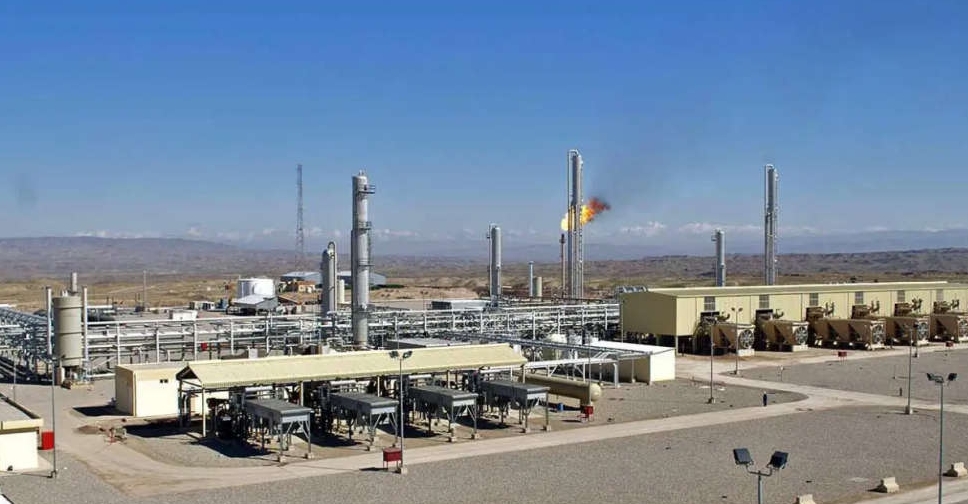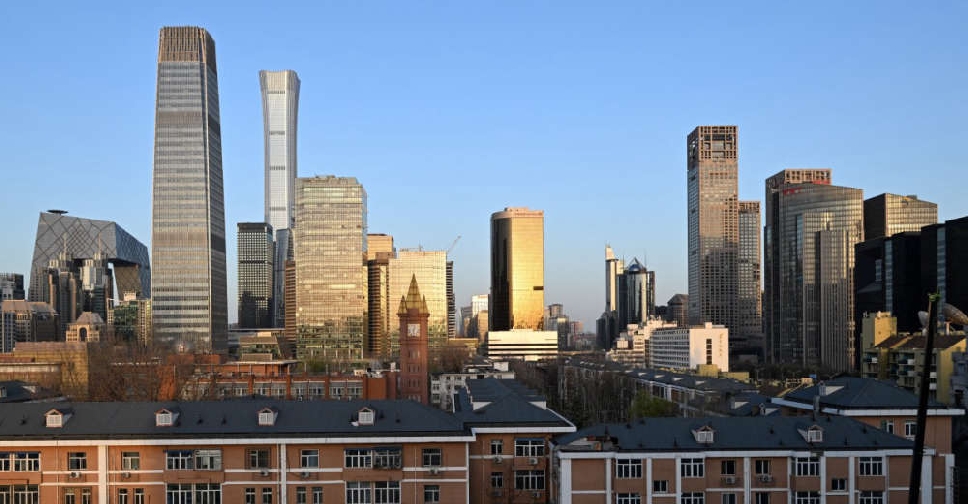
China unveiled a record fiscal deficit and pledged to accelerate the restructuring of its bloated state-owned industries while still setting a weaker growth target for this year. Premier Li Keqiang announced a 6.5 percent to 7 percent expansion goal Saturday, down from an objective of about 7 percent last year and the first range the government has offered since 1995. The government also abandoned its trade target, underscoring the degree of uncertainty about prospects for global growth. The details were given in Li’s work report at the annual meeting of the ceremonial legislature in Beijing. The plan reflected the government’s determination to maintain growth and put off confronting its debt - now nearly 250 percent of gross domestic product. The report also cited downward pressure on the economy against a backdrop of weaker global growth. "The package of monetary stimulus, higher deficit, and restructuring of the state sector is a surprisingly coherent response to China’s downturn," said Andrew Collier, an independent China analyst in Hong Kong and former president of the Bank of China International USA. "The problem is there’s a lot of bad lending going on behind the scenes at the banks that’s slipping through the cracks." Easing Bias Underscoring the government’s determination, Li said in his work report that China will need average annual growth of at least 6.5 percent in the next five years to reach its target of doubling per capita income from 2010 levels. Bloomberg News reported in August that the government would adopt a 6.5 percent to 7 percent target range for growth this year. “On the one hand, we will focus on current realities and take targeted steps to withstand downward pressure on the economy,” Li said in his report. “On the other hand, we must have our long-term development goals in mind, keep some policy tools as options for later use, strategise our moves and gather strength.” The slowest growth in 25 years has prompted officials to tweak monetary policy to “prudent with a slight easing bias” last month. On Monday, the central bank cut the ratio of reserves banks must lock away. Moody’s Investors Service lowered China’s credit-rating outlook to negative from stable Wednesday, highlighting a surging debt burden and falling currency reserves while questioning the government’s ability to enact reforms. Zombie Enterprises While the leadership pledged to speed up the disposal of unproductive state assets, there was little on specifics. Li said the government would address zombie enterprises - inefficient and unproductive state-owned companies - via mergers and restructuring, while offering 100 billion yuan ($15 billion) for employees laid off as part of that process. In the financial field, Communist leaders underscored commitments to free up interest rates and the yuan’s exchange rate. In a possible nod to criticism about lack of policy clarity, China plans to develop forward-guidance communication at the central bank. People’s Bank of China Governor Zhou Xiaochuan will extend his recent streak of public comments in a press conference scheduled for March 12. Zhou broke months of silence in a February Caixin magazine interview, saying there’s no basis for a continued yuan depreciation. Li’s work plan said policy makers will improve the market-based mechanism for setting the exchange rate and keep the currency "generally stable." Money Supply The Finance Ministry’s budget said the fiscal deficit would increase to 3 percent of GDP from 2.3 percent. Money supply will rise by 13 percent, up from a 12 percent 2015 goal. The deficit was the highest since the founding of the People’s Republic of China in 1949, the Xinhua News Agency said Saturday. Policy makers also plan to push for injecting new life into the property market by seeking more mortgage lending, among other steps. “Medium term, the outlook for property remains bleak as supply has to contract to come into line with demand,” Tom Orlik, chief Asia economist at Bloomberg Intelligence in Beijing, wrote in a note Saturday. “Short term, aggressive support from the government could still provide a boost.” The premier’s work report was released at the same time as the 2016 budget, the 2016-2020 Five-Year Plan and a report from the National Development and Reform Commission, the country’s economy planner. China will push ahead with interest-rate liberalization and deepen state-owned bank reform, the government said. The stock and bond markets will also be reformed. The goal of a 6.5 percent to 7 percent expansion for this year compares to a median estimate for a 6.5 percent growth in 2016, according to economists surveyed by Bloomberg News. “The announced range for the indicative GDP growth rate is welcome,” said Bert Hofman, the World Bank’s country director in Beijing for China, Mongolia and Korea. "It provides needed flexibility for balancing structural reforms and demand management." (Bloomberg With assistance from Xiaoqing Pi)



 US starts collecting Trump's new 10% tariff
US starts collecting Trump's new 10% tariff
 Nasdaq set to confirm bear market as Trump tariffs trigger recession fears
Nasdaq set to confirm bear market as Trump tariffs trigger recession fears
 Dana Gas and Crescent Petroleum exceed 500M boe in Khor Mor field
Dana Gas and Crescent Petroleum exceed 500M boe in Khor Mor field
 China to impose tariffs of 34% on all US goods
China to impose tariffs of 34% on all US goods
 Shares bruised, dollar crumbles as Trump tariffs stir recession fears
Shares bruised, dollar crumbles as Trump tariffs stir recession fears



